When I landed Kigali City the capital of Rwanda, it was love at first sight. I had a remarkable experience on board RwandAir and the city even intrigued me more.
First thing I noticed was how clean and peaceful the city was. It was astonishing to see how this country was rebuilt after suffering a major setback in 1994 when no fewer than 1 million Rwandans (mostly Tutsis) were massacred in a space of 100 days. There has been tremendous progress so far and I do recommend a stop at Kigali to anyone planning a trip to East Africa.
The most important aspect of your trip to Rwanda should involve visits to various Genocide Memorials. To understand the history of Rwandans as well as appreciate their journey and struggles, I recommend you make this one of the first things you do when you visit Kigali.
I had a few days to explore the City of Kigali and Gisenyi, and here are some of the things I did within the time I had to spend there.
1. My Visit to the Genocide Memorials.
i). Kigali Genocide Memorial
Kigali Genocide Memorial is the final resting place of over 250,000 victims of the genocide against the Tutsis that occurred in 1994. The museum exhibits a comprehensive history of the tragic event that occurred in Rwanda as well as personal accounts of some of the victims of the massacre. It includes an archive, burial gardens, a souvenir shop, a cafe and the Wall of Names Memorial. It is estimated that not less than 80% of Rwandans were directly affected by this mayhem.
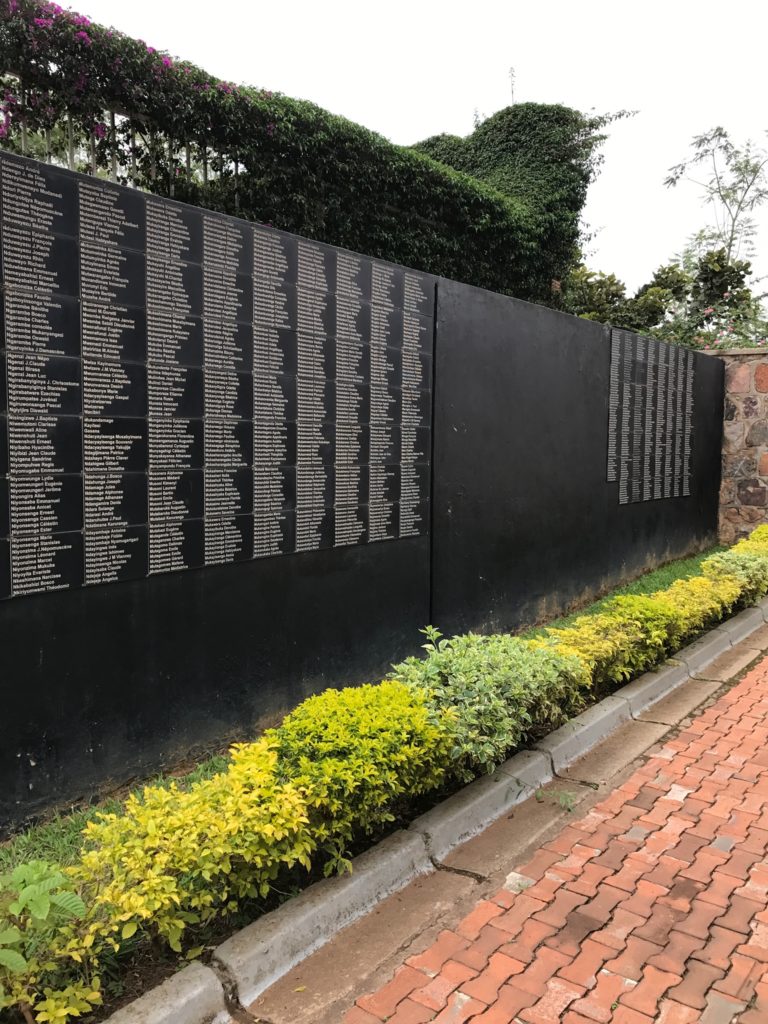
The journey through the museum is quite intense and emotional so be prepared. Visitors are encouraged to pay tribute to the victims. You can purchase a rose from the souvenir shop for RWF1,000 (less than $2) and drop on the mass graves in the garden.
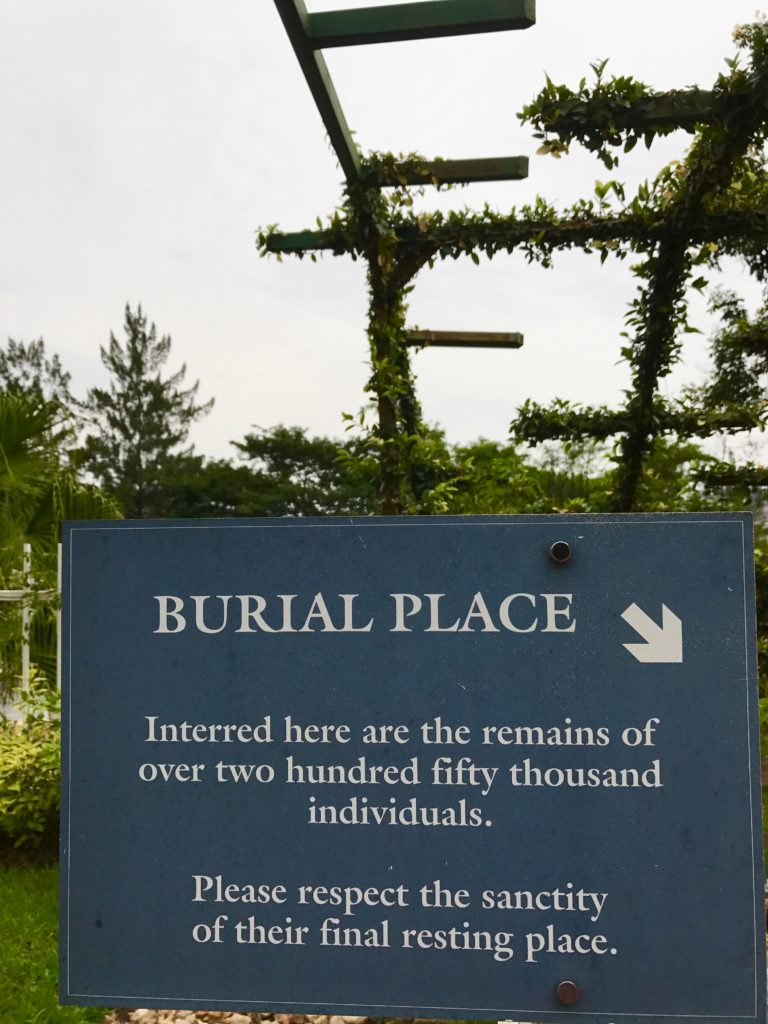
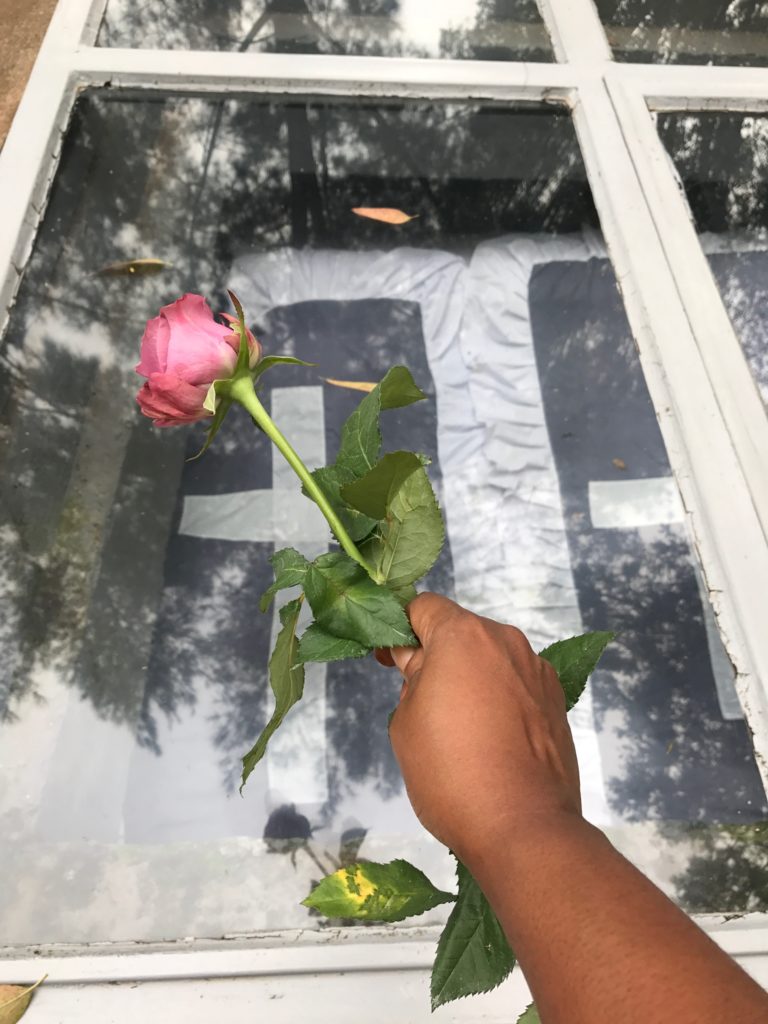
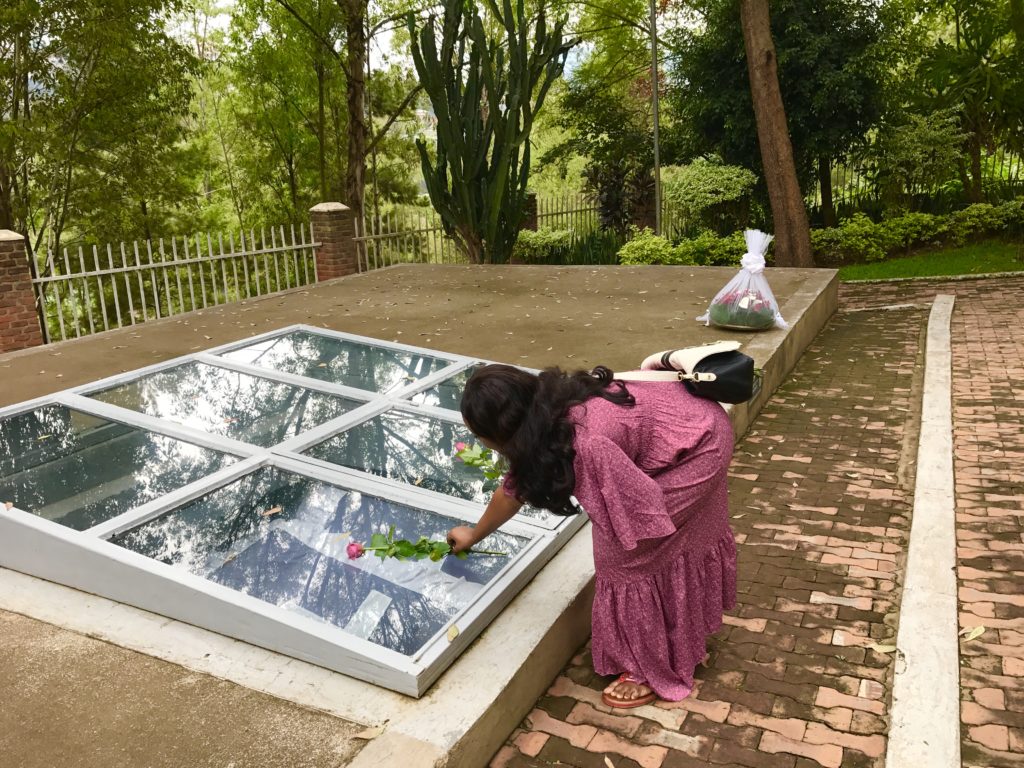
The museum opens everyday from 8am to 5pm (except the last Saturday of each month which is reserved for community cleaning work). It opens from 1pm to 5pm on the last Saturday of each month.
Entry is free but you are encouraged to make a willful donation in any currency. Photos can only be taken inside the museum at a fee which is $100 for professionals, $20 for adults, and $10 for students and residents. However, photos can be taken outside the museum for free.
ii). Church Memorials
I visited Ntarama Genocide Memorial and Nyamata Genocide Memorial located 25-30km south of Kigali City. Both are former churches where many Tutsis sought refuge during the massacre.
Ntarama Genocide Memorial:-
Over 5,000 people who gathered for safety in Ntarama Church were killed. Some were burnt to death while others were shot or cut with machetes.
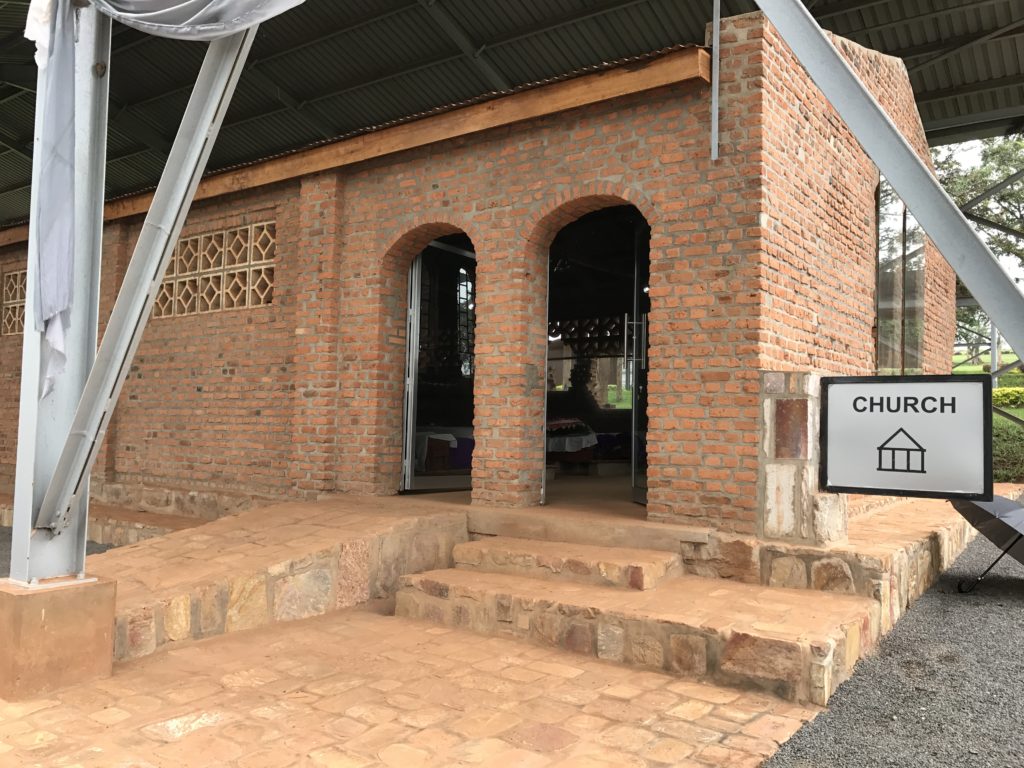
Lina (my tour buddy) and I met with Michael Beyerlein (German) and his wife (Rwandan) who were shooting a documentary at the memorial. Mrs Beyerlein who experienced the massacre where she lost immediate family members described the genocide as a very tragic one and the healing process gradual. She said forgiveness was the sure path to complete healing.
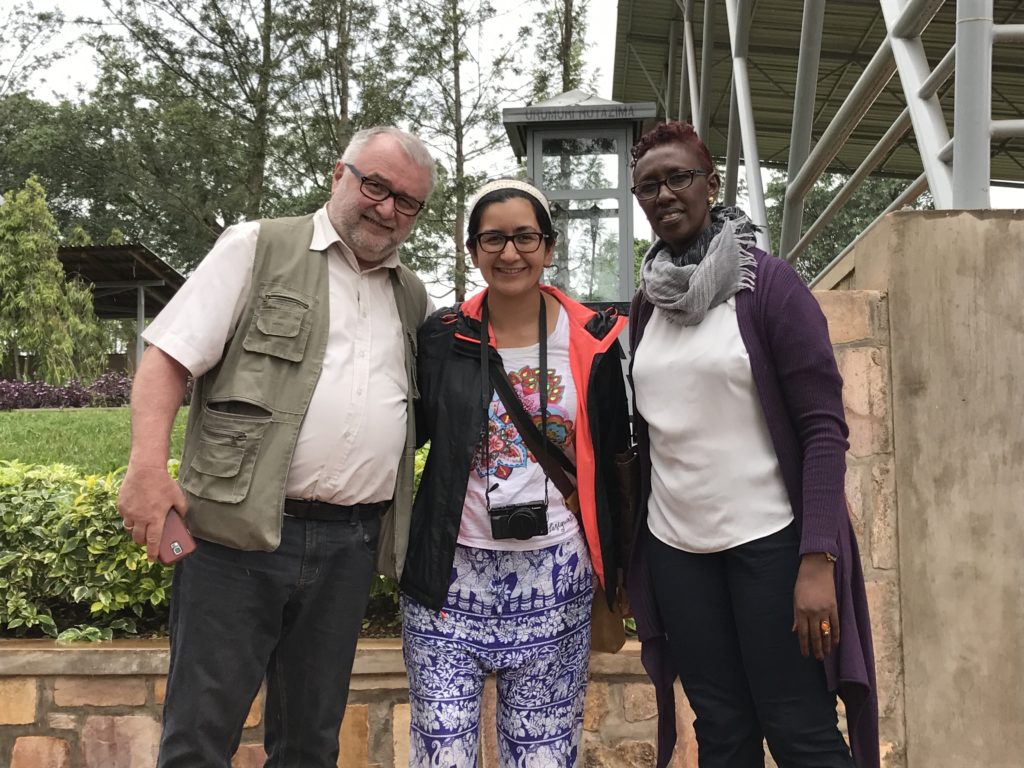
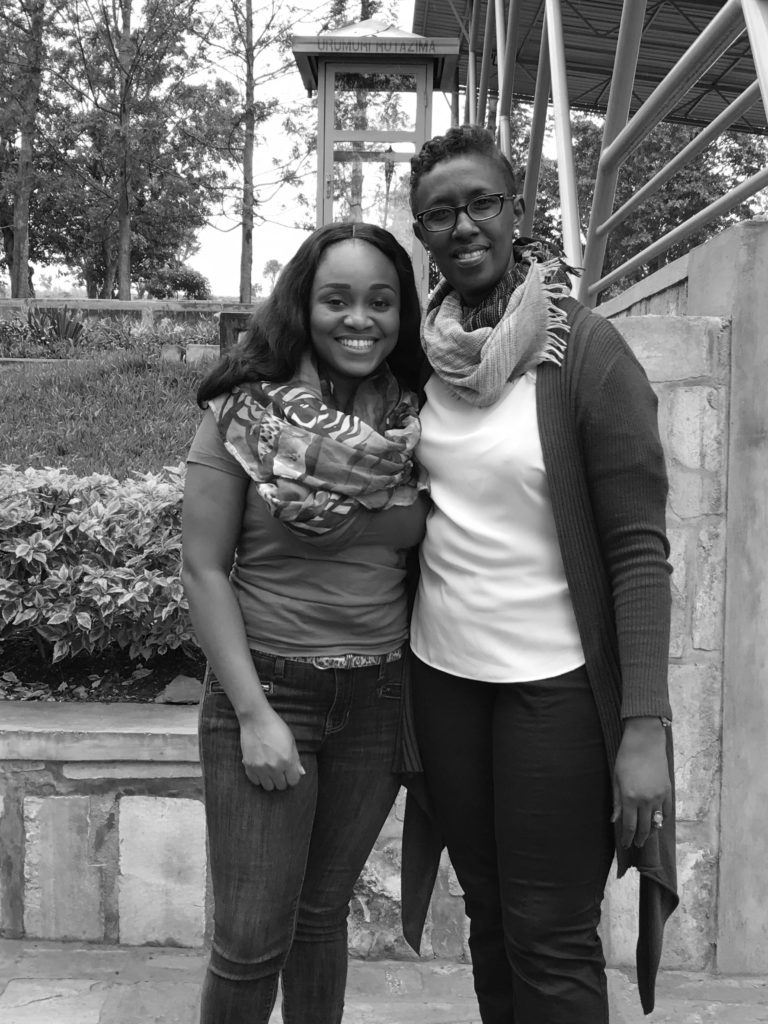
Nyamata Genocide Memorial:-
Nyamata Genocide Memorial which was a bigger church was even worse. I have never seen so many human bones and skulls in my life. The church still had walls and altar clothes stained with the blood of victims, bullet holes were visible and the skulls of most of the victims were exhibited (you could see from their scars how they died).
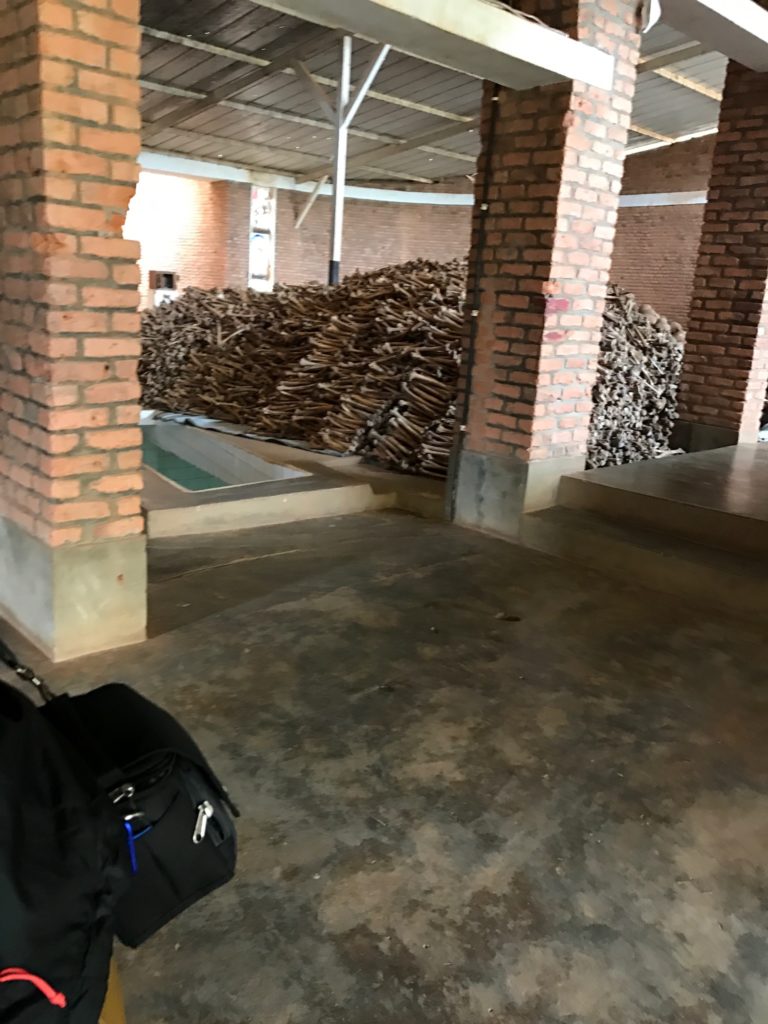
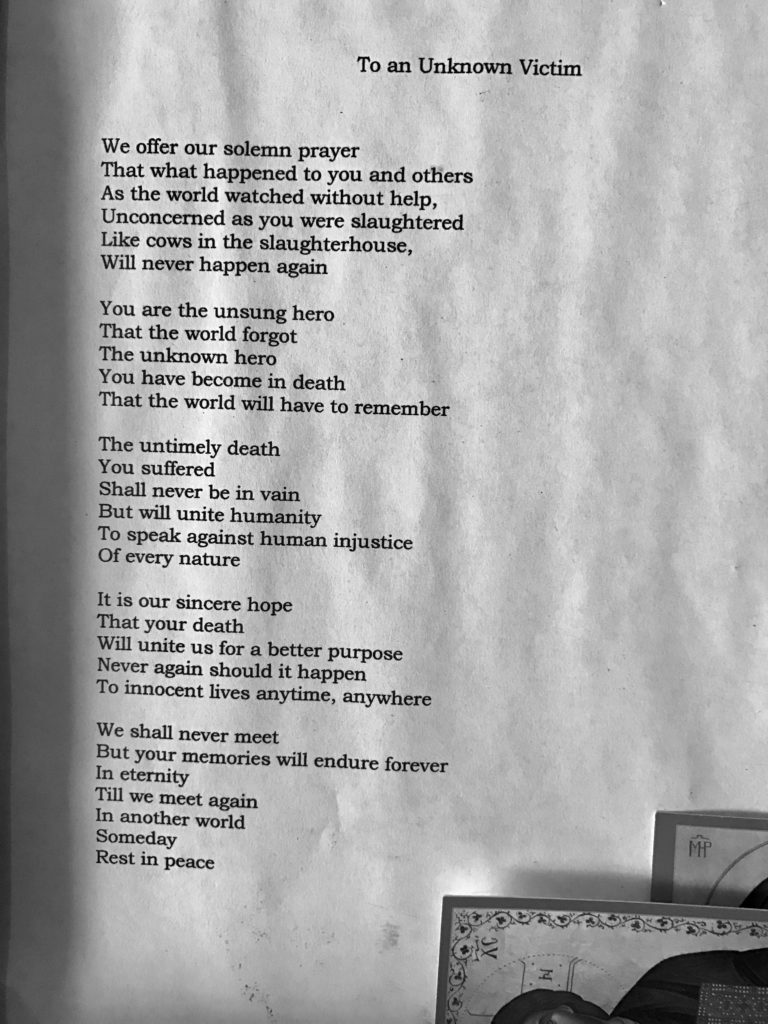
It is estimated that over 10,000 people were murdered here and more in the neighboring community. The Memorial is the final resting place of 50,000 victims from the area.
Belgian Peacekeeper’s Memorial:-
The last memorial we visited was the Belgian Peacekeeper’s Memorial (located in the main city- Downtown Kigali), a memorial to 10 Belgian soldiers killed in the genocide.
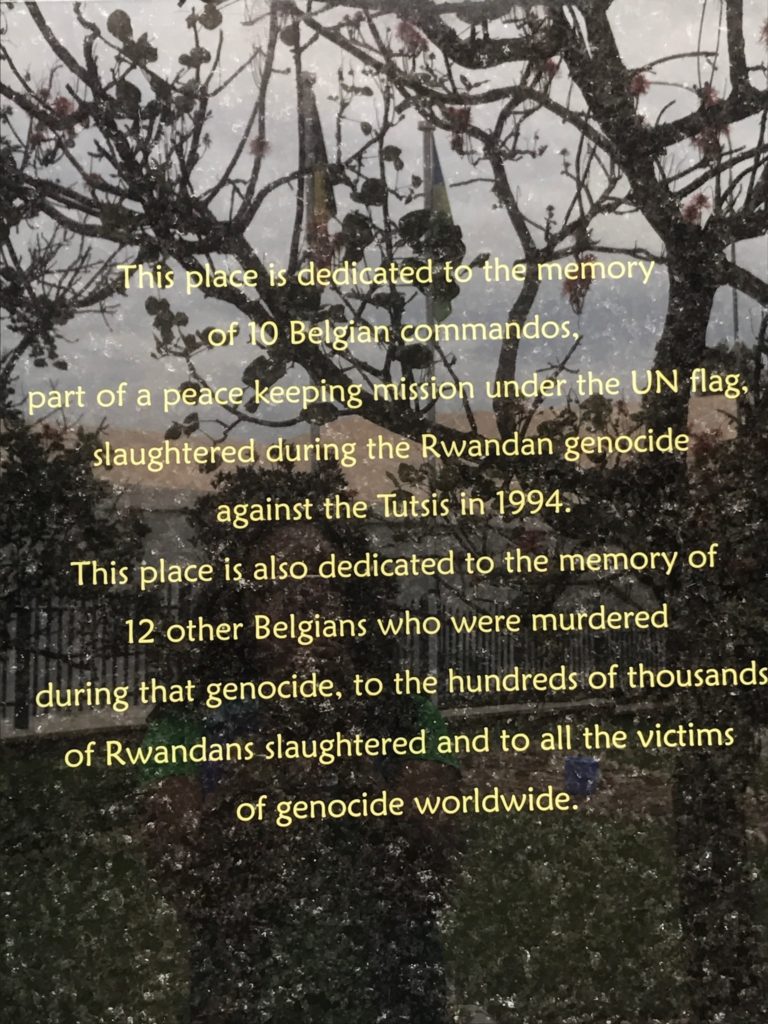
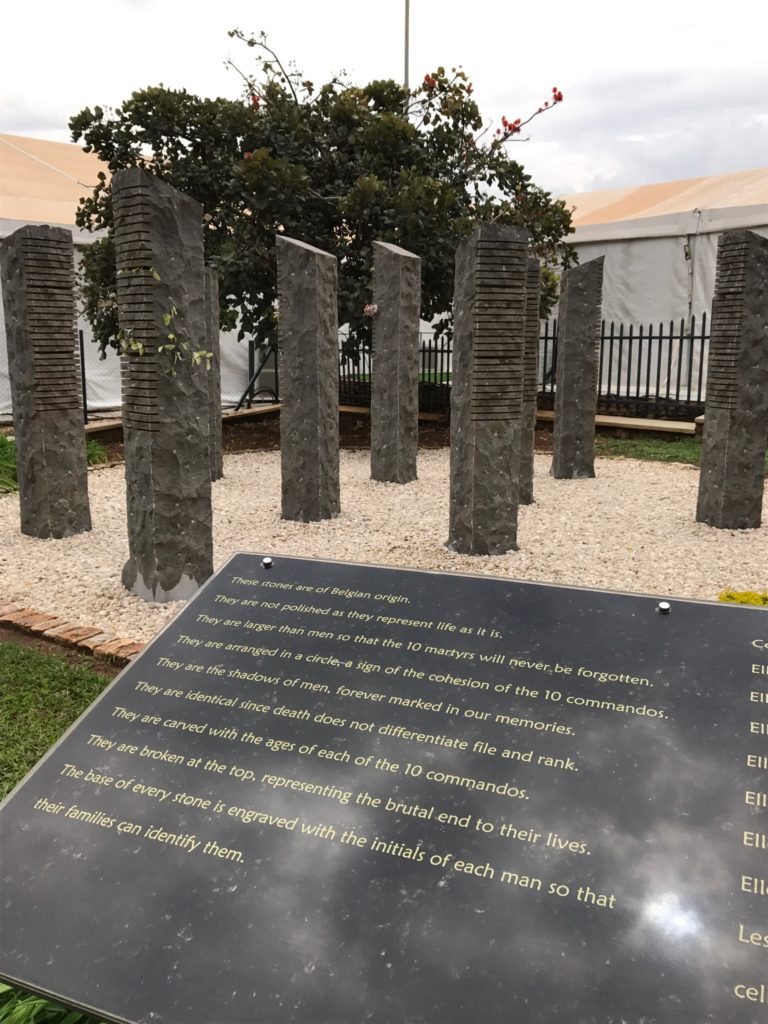
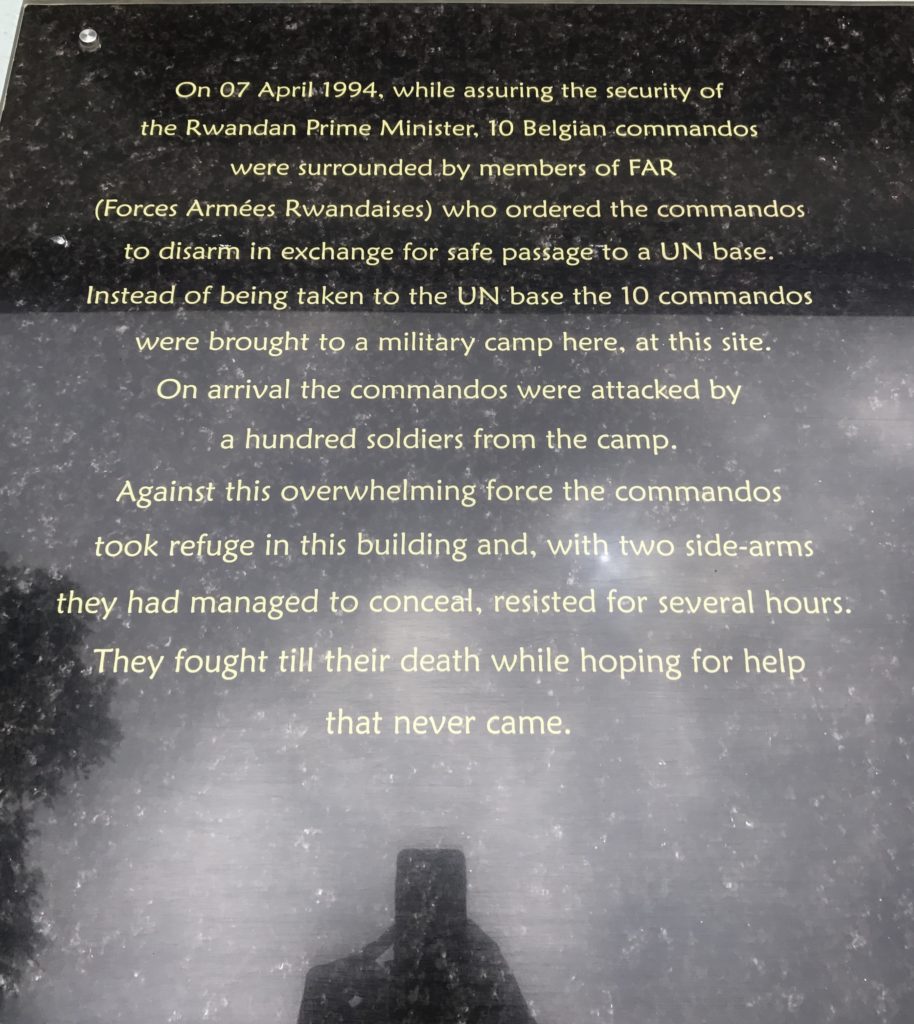
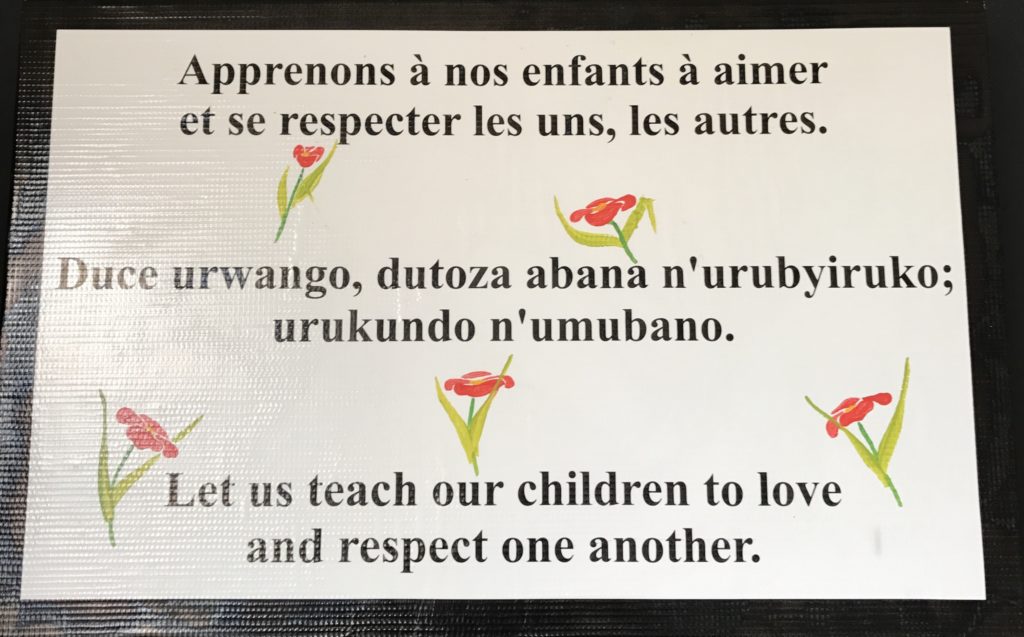
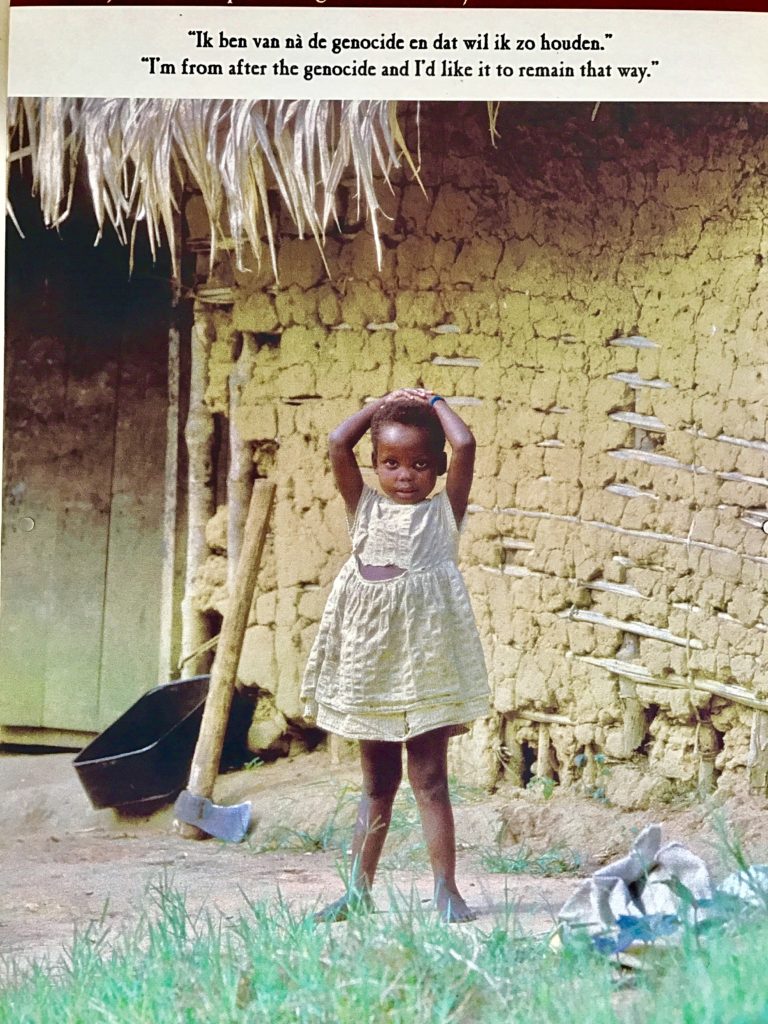
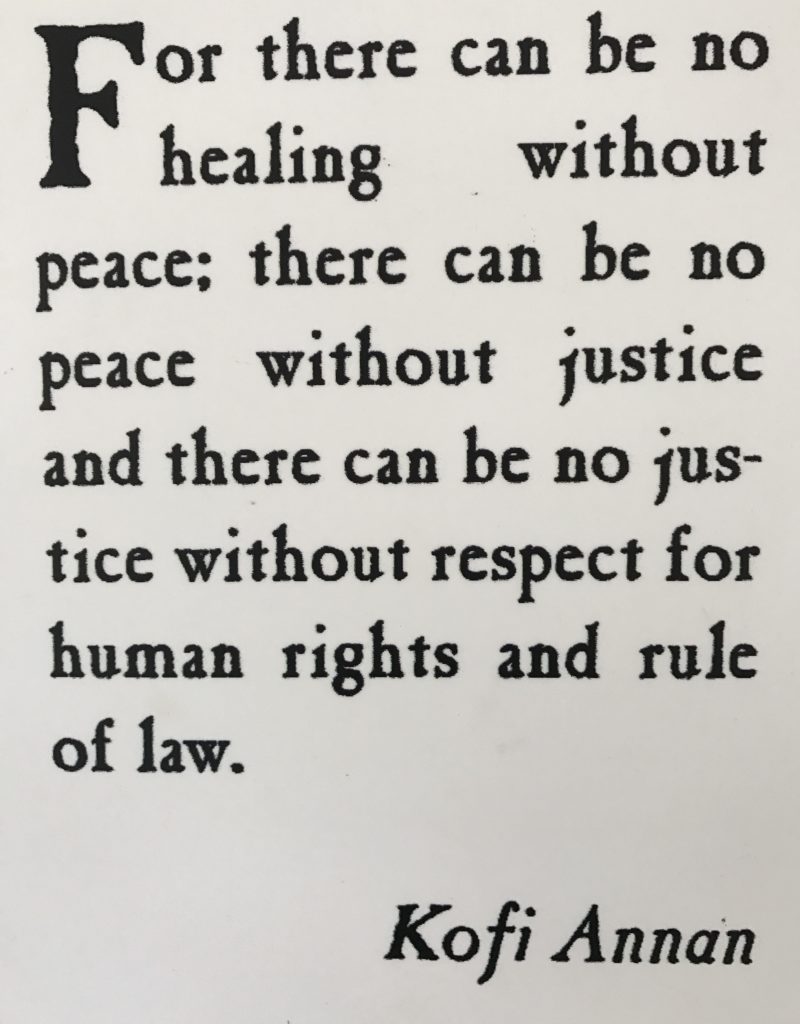
2. A Tour of the City
After my visit to the Belgian Memorial, I needed to catch up with some refreshing activities in the city, so I started with a tour of Nyamirambo neighborhood- the oldest part of Kigali.
The Nyamirambo Women’s Center Tour which provides an income to help maintain and improve the Center’s educational and Women Empowerment activities is recommended for anyone visiting the city.
I connected with new friends and we met people from the local community, learned about their history/culture and had lunch prepared for us at a local’s residence.
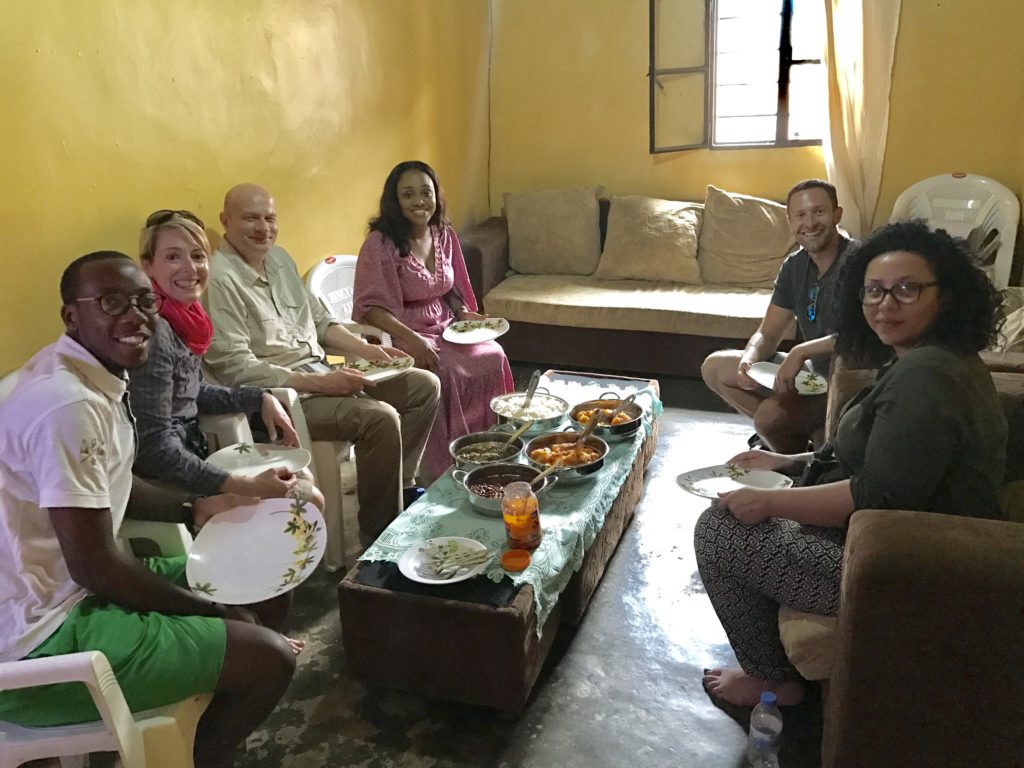

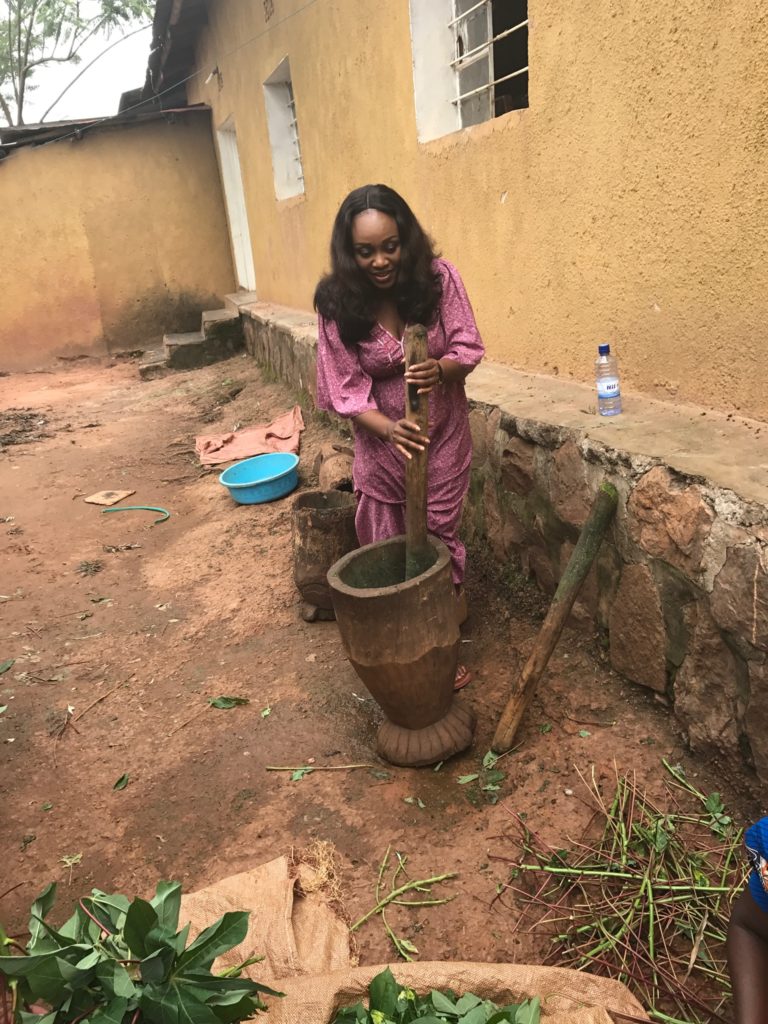
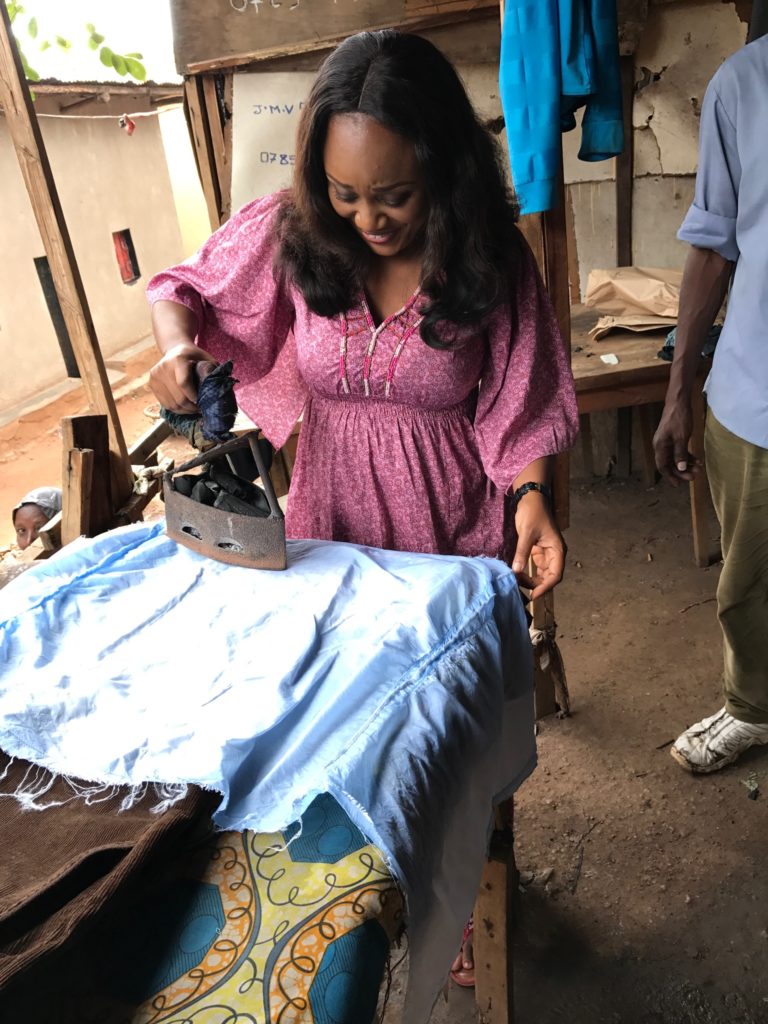
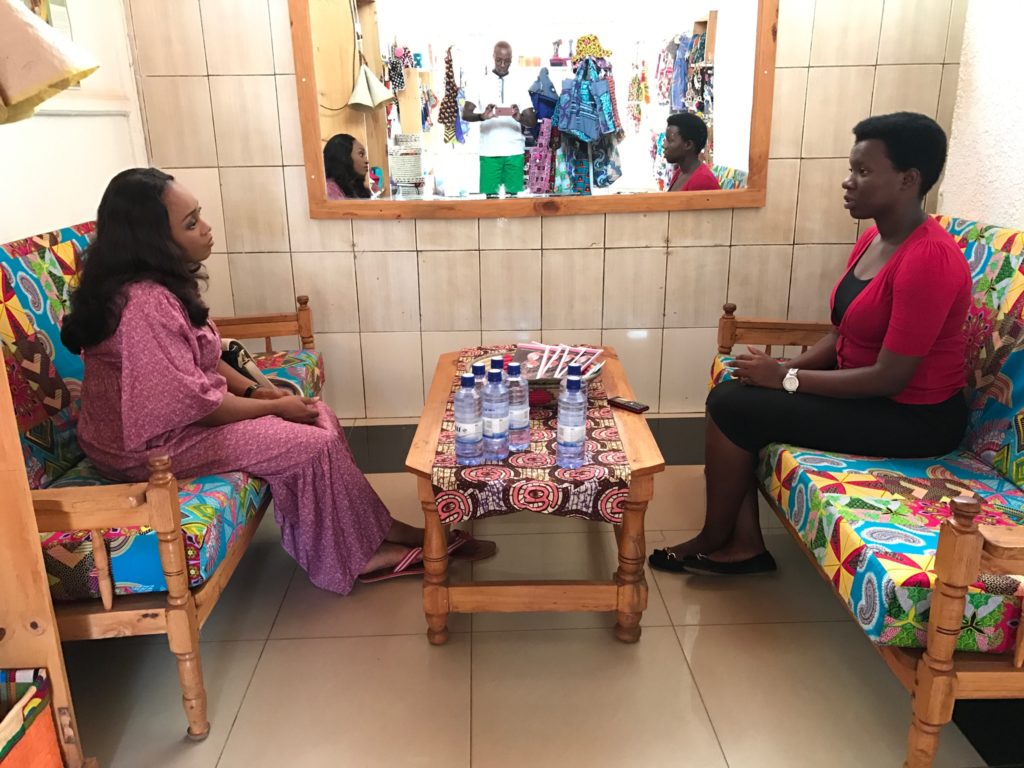
I also learned some words in Kinyarwanda:
Muraho – Hello! (Are you there?)
Yego – Yes
Amakuru? – How are you (What is new?)
Ni meza – I am fine (It’s good)
Mwaramutse – Good morning!
Mwiriwe – Good Afternoon!
Murakoze – Thank you
Muzungu – White person
Murabeho – Goodbye!
Muryoherwe – Enjoy your meal.
For more information on this walking tour, see here.
3. Shopping in Kigali
For some shopping in Kigali City, visit the Union Trade Center (UTC) downtown and Caplaki Craft Market located in Gikondo area.
4. Road Trip from Kigali to Gisenyi (Rubavu)
The 3 hour road trip from Kigali to Gisenyi (Rwanda’s biggest beach resort/border city) was such a rewarding experience. The drive up the picturesque mountains was absolutely breathtaking.
Rwanda’s speed limits are very low and the laws are particularly strict regarding traffic offences. Rwandans are also very obedient because drivers drive really slow and careful too. I bet i could walk faster than most cars move. 🙂
While in Rubavu, I took a tour of Lake Kivu on a local boat and visited the Healing Hot Springs of Nyamyumba generally believed to have healing benefits for various ailments. Locals and tourists flock the hot springs to bath in the water, drink from it, get a body massage and cook meals such as boiled eggs and potatoes in the water.
Where to hang out:
Coffee Calafia is a great spot by the lake to enjoy good coffee and drinks.

Other activities in Rubavu:
- Go Fishing: There is an ecotourism activity with local fishermen’s co-operative called COOPAV which is located near BRALIRWA.
- Goma (Congo): You can cross the border and wander to Goma, the capital city of North Kivu, which is only 1km from Rwanda.
Other places to explore in Lake Kivu:
Kibuye/Lake Kivu Islands
- Take a boat trip to the islands
- Visit Peace Island for activities such as swimming, relaxing and watching the sunset.
- Cycling Congo Nile Trail- a 227km route stretching along the Lake Kivu.
5. Other places to see in Rwanda
The Volcanoes National Park which is bordered by Virunga National Park (Congo) and Mgahinda Gorilla National Park (Uganda) is a top tourist destination in Rwanda.
Here, visitors can take a tour of the lakes and caves, go hiking on the volcanoes and visit the gorillas. The gorilla permit costs $400 in Congo (DRC), $750 in Rwanda and $600 in Uganda.
Find out how to book gorilla permits here
6. What you should know before visiting Rwanda;
- Plastic bags are banned in Rwanda. Ensure you dispose of any bags you have before you get in.
- Kinyarwanda, French, English, and Swahili are widely spoken in Rwanda.
- Rwanda Tourist Visa can be obtained on arrival for $30. For more information read here.
- East Africa Tourist Visa to visit Rwanda, Kenya and Uganda can be obtained for $100. For more information read here.
- The last Saturday of every month is umuganda, a national day of mandatory community service. Businesses remain closed until noon.
- Rwanda is considered one of the safest destinations in Africa. You can move around freely, even after dark.





Good piece.
Thank you. First impressions matter and Rwanda made a good one.
Planning a trip this christmas with my wife and my research led me here.
very helpful article, I am uber impressed at how you touched on many important aspects on a trip as this, even a pedestrian activity as the Sanitation exercise.
PS: do you mind if i mailed you an article for your site, as a travel guest?
Rgds!
-OBA C.I.
Thank you for engaging. Yes, you can mail your article for my review. Thanks.
What do you suggest wearing say to Lake Kivu? I’ll be going beginning of October and though this is considered rain season, I hear it’ll still be warm. Just curious about your choice of footwear to some of these places! Love your piece!!
Go with what you are comfortable in. I wore flat sandals.
Great Articles you have here.
I just stumbled on your blog now and loving it.
I will visit Rwanda next month, so am doing some digging.
Thanks for the reviews.
Thank you, Joseph.
Hii,
So I came back from Kigali last week and I can say it is a good country.
The Weather is cool, I just wish I can import that Weather here, this Country is just too Hot.
And Yes, I did fly RwandAir, its a direct flight (I hate Stopovers), just 4 hours and Man is in Kigali.
I was able to find some good hotel deals at https://www.travelbookingplace.com/, use Kigali as the location and filter based on price; you will find some cheap hotels especially if you are on a budget.
If you like eating pepper/chili like me, be warned, they don’t cook with it. I really had issues with their food, last last, I fell in love with chicken and chips and it became my default meal.
A good place to eat in Kigali is any SIMBA restaurant, they have various outlets within the City and everyone seems to know the closest one. If you want Sharwama, you should visit Kebab House, beside RDB kigali, most people know the place.
Kigali is a cool place sha, I really enojyed the environment and their way of life.
Thank you Joseph for sharing your experience. Glad you enjoyed our trip.